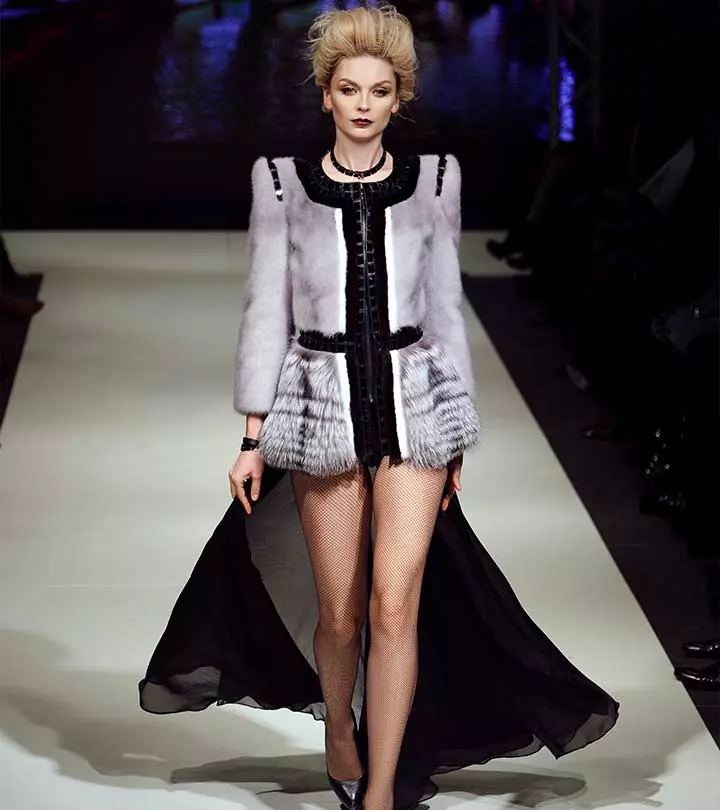This is your one-stop shop to turn the streets into your runway and the entire world into your oyster. Most people will say “looks” is the essential thing for models when asked, “how to be a model.” They are partially correct. Looks are the main value proposition for the modeling industry. It takes more than looks to become a supermodel.
Here are some basic requirements you will need to fulfill to be a successful model. These tips will help you learn how to become a model and what it takes to remain at the top. Continue scrolling!
What is a Model?
A model’s first step is to go to castings. When a photographer or designer wants to create a new collection, they call the modeling agencies and inquire if they have any models with that ‘look.’ The designer might need a girl with red hair and freckles or a man with a specific body type.
Designers may sometimes want to create an image of perfection. They will select models with no flaws. This would be if a designer were looking for a model to work on a high fashion project.
Designers will sometimes choose models that could be better but more realistic. You might be selected if your smile would look great with clothing designed for young people or if your thick eyebrows would fit into something for older audiences. A designer may ask for anyone, from thin to overweight to average weight, as long as they have a look that complements their vision.
Types Of Fashion Models
Fashion is vast, and people’s stylistic preferences can vary greatly. There are five main categories of style, which we will discuss below.
Beauty/Glamor Models
Models who are beautiful or glamorous sell the concept of the product. Ideal skin should be soft, clear, and attractive. Beauty models are hired for their good looks. They also demonstrate the benefits of a product to consumers.
Beauty modeling is not always about having flawless skin or hair. The product shown can be an accessory to maintain your beauty.
Runway/Fashion Models
A runway model shows how a designer’s clothes will fit and look on a person. Suppose there was a new collection of women’s jackets and jeans, for example. The model could be thin and tall to represent the target audience. This also shows that extreme sizes do not restrict clothes.
Editorial/ Print Models
Editorial models are used to showcase the clothes of international designers and fashion houses for high-fashion magazines. These jobs are usually done in studios or outdoors.
Body Types/Diversity Models
Beauty and fashion modeling has diversified. Models are available in all sizes, colors, shapes, ages, and shapes. Fashion models used to be tall, thin, white women with steel abs. Today, fashion models come from a broader range of ethnicities.
Advertisements will often show a variety of sizes and shapes rather than a single model. This indicates that people of different sizes and conditions can wear the clothes.
Commercial Models
Commercial models usually have a very appealing appearance and are equipped with special skills that help them sell products. Commercial models are used to demonstrate how products should be used. The models could show how their product is superior to the competition or showcase the products you love. They show how the product will improve your life. Commercial models are primarily used to demonstrate how excellent the product is.
Quick TipFind a modeling agency that seems a good fit and submit your digital and relevant experience.
After you decide what kind of model you would like to be, you can start working on the core competencies required for the profession. You can learn more about these skills in the following section.

